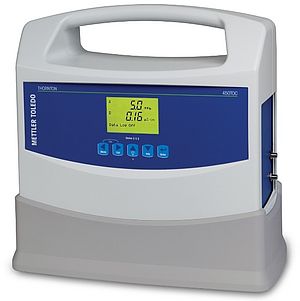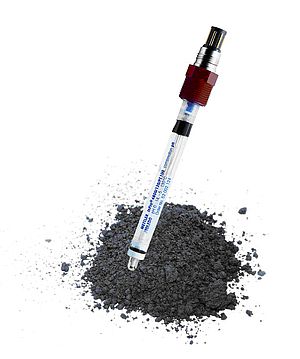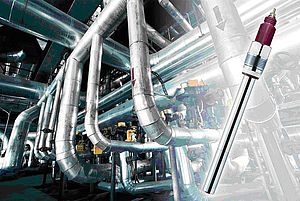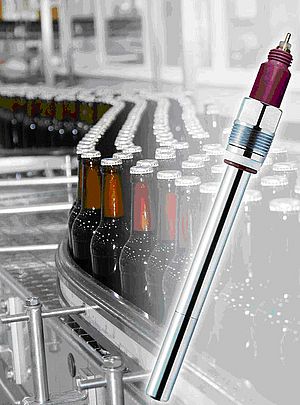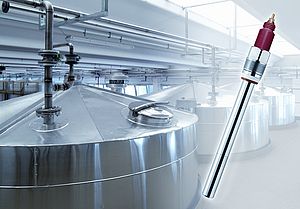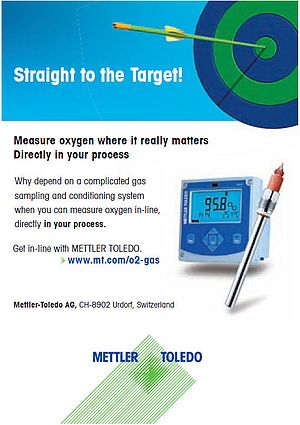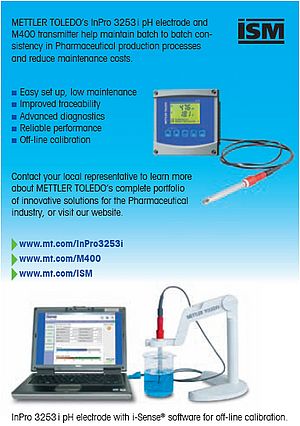Failure to continuously monitor cell mass during fermentation can have a severe effect on product synthesis. In-line OD monitoring helps achieve optimum process control, production rate and yield.
Importance of controlling cell mass
Liyang Vitasweet Bioengineering Corporation is a manufacturing, R & D, sales and technological support company based in the Jiangsu province of China. They specialize in the production of pharmaceutical intermediates, vitamins and amino acids.
Bioengineers at Liyang Vitasweet realized that during the fermentation of L-phenylalanine, that the key to maximizing production rate and yield was to accurately monitor and control cell mass. Monitoring cell mass off-line meant regularly grabbing a sample of the media, measuring the optical density in the laboratory and then making adjustments to the fermentation process. Due to the time intervals between measurements and the time involved in the measuring task itself, synthesis rate and yield were being adversely affected. What they required was a fast and reliable method of in-line OD measurement.
Precise calibration
Liyang Vitasweet installed a InPro 8100 optical density sensor and Trb 8300 transmitter. But before they could use the measurement system in-line they had to perform accurate calibration of the sensor. During phenylalanine fermentation, several grab samples were taken at different times for range calibration. Purified water and a solution of the basic fermentation material were used as zero-point calibration liquids. The next step was to place the InPro 8100 in a seeding tank and compare the in-line OD measurements with the off-line values. At this point, the in-line data fluctuated due to the influence of air bubbles caused by the stirring of the media. However, once this was compensated for, the results showed a precise correlation with off-line measurements.
Real-time OD measurement
The measuring point was then installed in the fermentation tank, where further testing showed in-line measurements matched those taken off-line. Now the inline data could replace the offline measuring of OD. Lu Feng of Liyang Vitasweet Bioengineering said, “Real-time data collection and analysis allows us to obtain information on the nutrient consumption of unit cell mass and product formation, based on which adjustments are made to the fermentation process so as to control the cell density and to improve the conversion rate. This can shorten the fermentation period and reduce energy consumption.”
Fast reaction to process drift
Improved product yield and reduced energy consumption have not been the only benefits for Liyang Vitasweet; the optical density measuring system allows their bioengineers to react instantly to out-of-spec drifts in cell mass. Further, the switch from an off-line to an in-line system frees time for the bioengineers, allowing them to concentrate on other tasks.
In-Line Monitoring of Optical Density
Failure to continuously monitor cell mass during fermentation can have a severe effect on product synthesis
- by Mettler Toledo AG Process Analytics
- October 1, 2009
- 684 views






